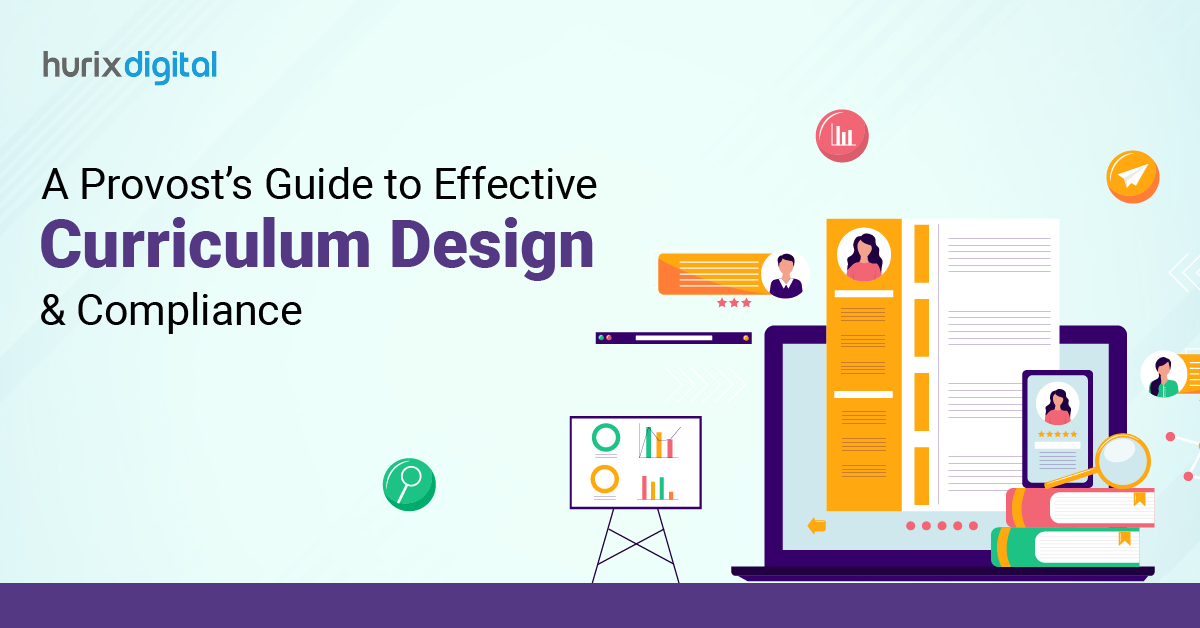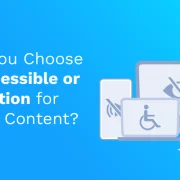
Curriculum Design: How To Develop A Successful Curriculum
Summary
This article provides a step-by-step guide to successful curriculum design, offering insights into best practices and strategies for creating impactful educational programs.
In an era where eLearning is the present and future of education, it’s a must for educators and course creators to prioritize the comfort of learners over anything else.
Since 2000, the eLearning sector has increased by 900%, and to keep that percentage high, it’s crucial to design courses that are perfect in every way, especially when it comes to curriculum. To set a course for success, one of the very first steps is designing a curriculum that’s engaging and motivates learners to make the most of their learning sessions.
A sound educational program design lays the foundation for effective learning and teaching. Students of today’s age have diverse needs, and a well-made curriculum design takes good care of them.
However, creating a perfect curriculum is easier said than done – designers and educators need hours of research to determine what their target audiences need. To make the whole curriculum design process easier, it’s crucial to follow a step-by-step strategy.
In this article, we will closely examine the types of curriculum designs, their importance, and how you can easily develop one using practical tips.
Table of Contents:
- Curriculum Design: Types, Purpose, And More
- How To Design A Course Curriculum For Success
- Conclusion
Curriculum Design: Types, Purpose, And More
The process of curriculum design and development takes a lot of effort as the creator needs to consider many aspects. There are three types of curriculum designs, and each serves a different purpose.
Read on to learn the unique benefits of each kind.
1. Subject-Centered Curriculum Design
As the name suggests, this type of curriculum strongly emphasizes a particular subject. It can be literature, mathematics, or any other subject. This type of design highly inspires K12 curriculums because it specifies what should be studied and how to make things easy for students to follow.
However, the student’s unique learning preferences are not considered while creating this curriculum design. As a result, there may be issues with motivation and involvement on the part of the learners, and they might even lag behind academically.
2. Learner-Centered Curriculum Design
Each individual’s needs, interests, and ambitions are considered in learner-centered curriculum design. It simply recognizes that every learner is unique and adapts to their needs.
A learner-centered curriculum design aims to give students control over their education and equip them with the freedom to make informed decisions.
However, this curriculum creation method can be labor-intensive. It is the teacher’s responsibility to develop differentiated education to meet each student’s need for learning and identify materials that support that instruction.
Teachers must balance the needs and interests of the students in order to develop a curriculum that is learner-centered, which is quite a challenging task to accomplish.
3. Problem-Centered Curriculum Design
In this type of curriculum design and development, real-life problems are used to sharpen the learners’ minds. This curriculum enables students to analyze a situation and find a solution.
This also fosters the growth of creative thinking in learners, which later helps them in their careers.
However, this method of curriculum design has the issue of not always considering learning styles. The educator needs to be mindful throughout to make sure that all the students are learning the course effectively.
How To Design A Course Curriculum For Success
It’s pretty evident by now that designing a curriculum for a course is harder than it looks. The key is choosing the right curriculum providers for your course that offers all the features you need and being very strategic throughout the process.
Follow this step-by-step guide to craft the perfect curriculum for your course.
Step 1 to Design a Curriculum: Set The Purpose Of Your Course Curriculum
The very first step of the process is determining the goals of your course.
You must take your time while planning this part and be specific about each aspect of the process. Discuss your vision with your team to enhance it with their valuable suggestions.
Step 2 to Design a Curriculum: Identify The Core Content And Create Your Student Entitlement
Your student entitlement (also referred to as the pupil offer) should be stated after you have clarified your goals and guiding principles in the first step.
Make an outline of how you will enhance your curriculum with resources like articles, textbooks, video content, and other materials in this step.
Step 3 to Design a Curriculum: Curate Content For The Curriculum Of Your Course
Once you are done with the first two steps, it’s time to organize the content of your program into subject schemes.
Start by examining the course offerings, and then carefully consider what you are going to cover when you are going to cover it, and why. Establish the concepts and areas that will be covered in your curriculum and their connections to other disciplines.
The knowledge and skill objectives that form the fundamental basis of learning must then be divided into smaller chunks.
Step 4 to Design a Curriculum: Prepare Your Delivery Strategy For The Curriculum
You must offer settings for delivering a long-term curricular plan after you are done establishing it. The national curriculum outlines different contexts for courses like history that must be addressed.
However, you can develop compelling contexts for art or design topics. Each project’s or unit’s teaching narrative should describe the manner in which learning will be imparted. It must be organized and cohesive, properly demonstrating where the project began and how it progressed.
This process can be lengthy and complicated – so make sure you take as much time as you’ll need to perfect every aspect.
Step 5 to Design a Curriculum: Obtain Top-Notch Materials To Use In Your Curriculum Delivery
After all that hard work, the last thing you would want is poor resources for your curriculum. Inadequate resources are going to weaken the impact of the curriculum and may also lead to misunderstandings and even misinformation.
Don’t compromise your curriculum’s effectiveness by settling for anything less – shop for the best delivery platform for your course.
Step 6 to Design a Curriculum: Evaluate Your Curriculum
Your job does not end after successfully forming a course curriculum. You now have to periodically assess its effects on instruction and learning and make any adjustments or changes necessary to make it even better.
And lastly, to help students succeed in the course, ensure they have access to resources and support like tutoring, academic guidance, and technology.
Conclusion
Now that you know the types and importance of curriculum design, it’s time to utilize the six-step process and form a curriculum that will provide great support for educators and learners and foster success.
If you are seeking a partner to assist you in putting together a successful course curriculum, Hurix is here to help! Get in touch with Hurix immediately to learn more about how you can get 360-degree support in the course creation process.
Also Read – 7 Steps Of Curriculum Design: How To Design Your Curriculum

Performance, Results, Growth, and Life-Long Learning define my professional life. I am passionate about making workplace learning planful, purposeful, and impactful. I take pride in partnering with clients and bringing them the best in learning design and creating solutions that address business challenges.







